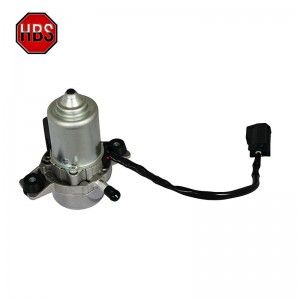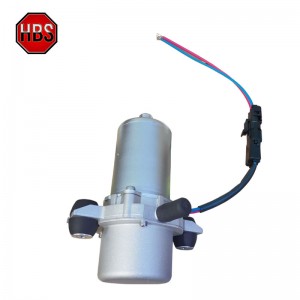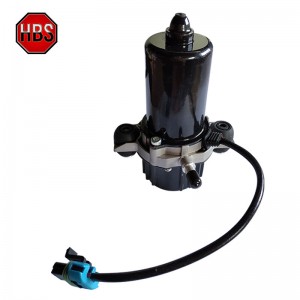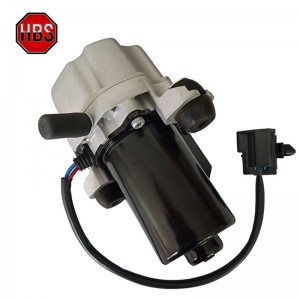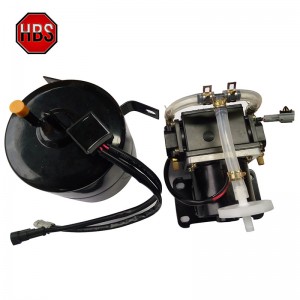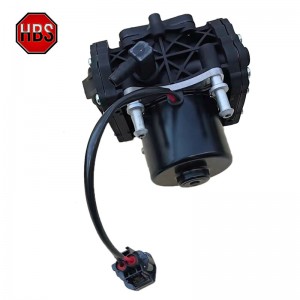Firstly, let's take a brief introduction about the brake system in the car.
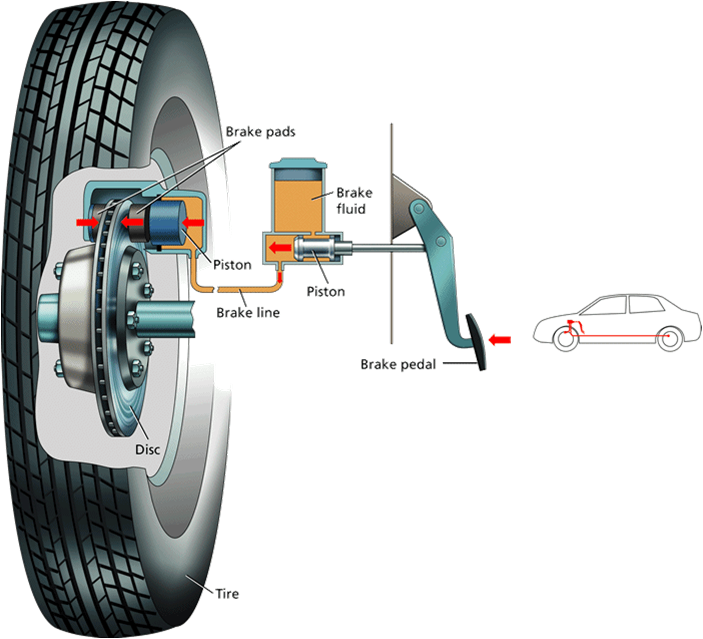
The basic principle of the braking system is as follows: When you step on the brake pedal, the brake fluid from the reservoir enters the brake master cylinder (master cylinder), and the master cylinder piston applies pressure to the brake oil which causes hydraulic pressure. The pressure is transmitted through the brake lines/hoses and then goes to the brake wheel cylinder of each wheel. The brake fluid in the brake wheel cylinder pushes the piston of the brake caliper to move towards the brake discs, and the piston drives the brake caliper to clamp the brake disc rotors, thereby generating huge friction to slow down the vehicle. Generally speaking, vehicles with a self-weight of fewer than 5 tons use hydraulic brakes.
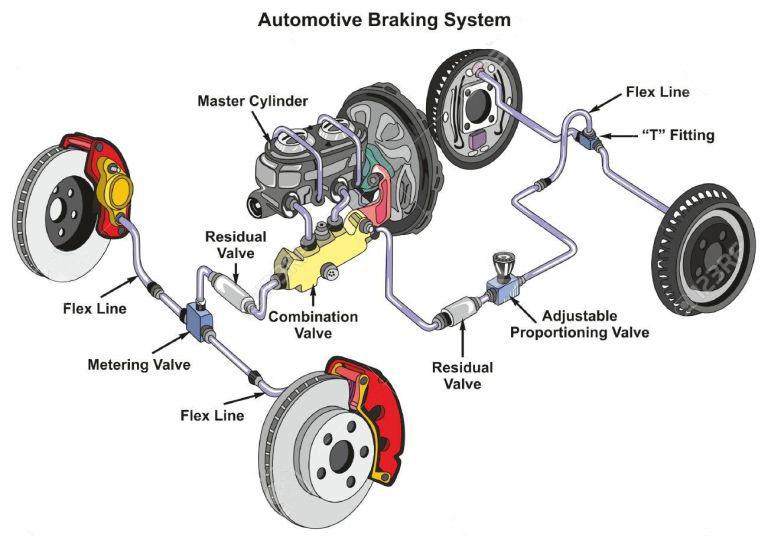
As the speed of the car increases, the force of stepping on the brake pedal with one foot is not enough to stop the car quickly, so people add a brake vacuum booster to increase the pressure on the brake master cylinder piston. For gasoline engines, the intake manifold can generate enough negative pressure, but in plateau areas, the engine needs to be warmed up to achieve sufficient negative pressure. Diesel engines cannot generate enough vacuum negative pressure. It should be pointed out that the turbocharged engine is supercharged by the compression of the exhaust gas of the engine. The intake port of the turbine chamber is connected to the exhaust manifold of the engine, and the exhaust port is connected to the exhaust pipe. Then the intake port of the supercharger is connected to the air filter pipe, and the exhaust port is connected to the intake pipe, so there is no need to add a separate vacuum pump.
For electric vehicles, without an intake manifold, there is naturally no vacuum, so an electronic vacuum pump is needed, which is called EVP in short. Some gasoline cars now have an electronic vacuum pump added in order to prevent the braking force from dropping in case the engine stalls. Generally, the most important automotive electronic vacuum pumps for new energy vehicles are mainly divided into three categories: piston pumps, diaphragm pumps, and electronic dry vane pumps. Among them, piston pumps and diaphragm pumps are too large and noisy. But the dry vane pump, small size, low noise, and high cost, is used in high-end cars.
The biggest advantage of EVP is that it makes little changes to the original car. It can quickly change a fuel car to an electric car. There is almost no need to make any changes to the chassis.
Post time: May-07-2022


